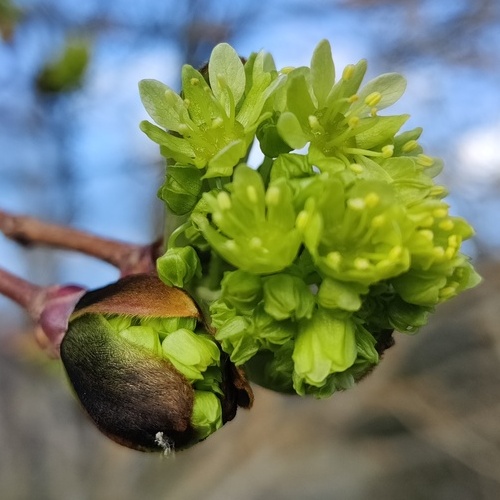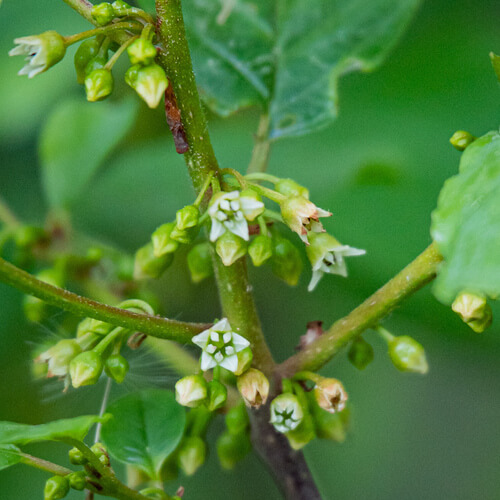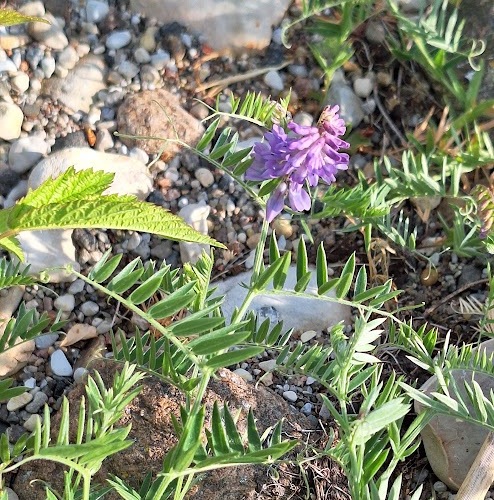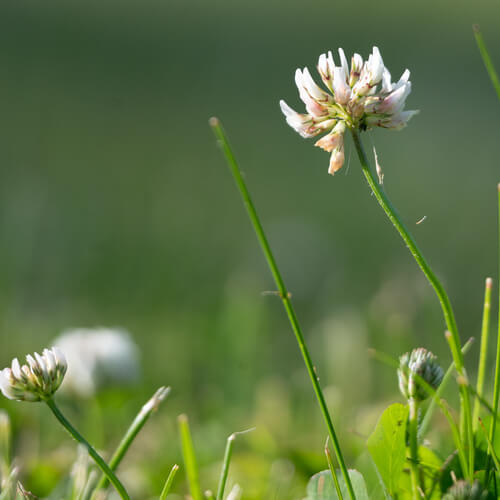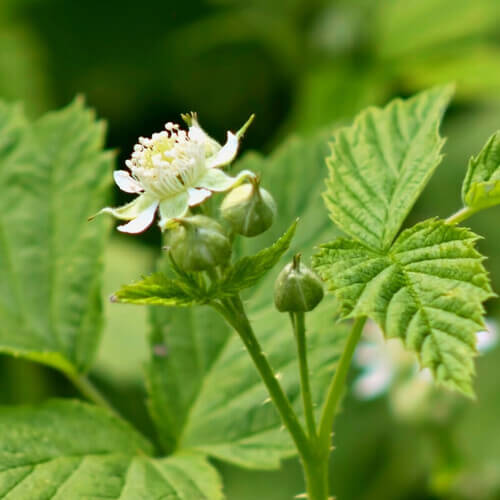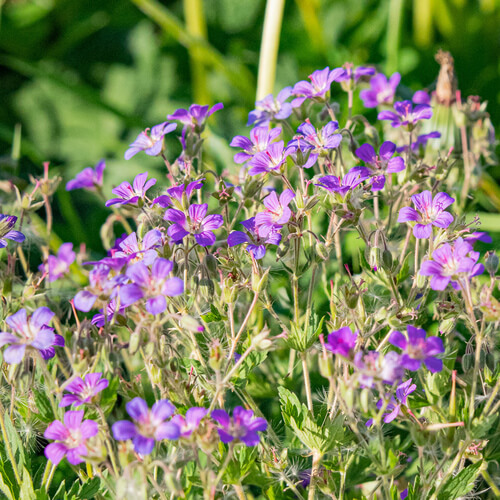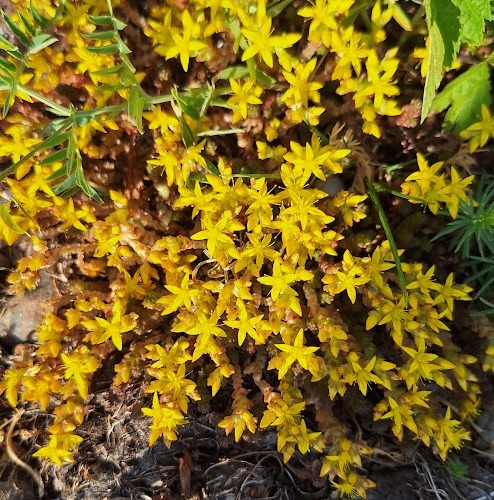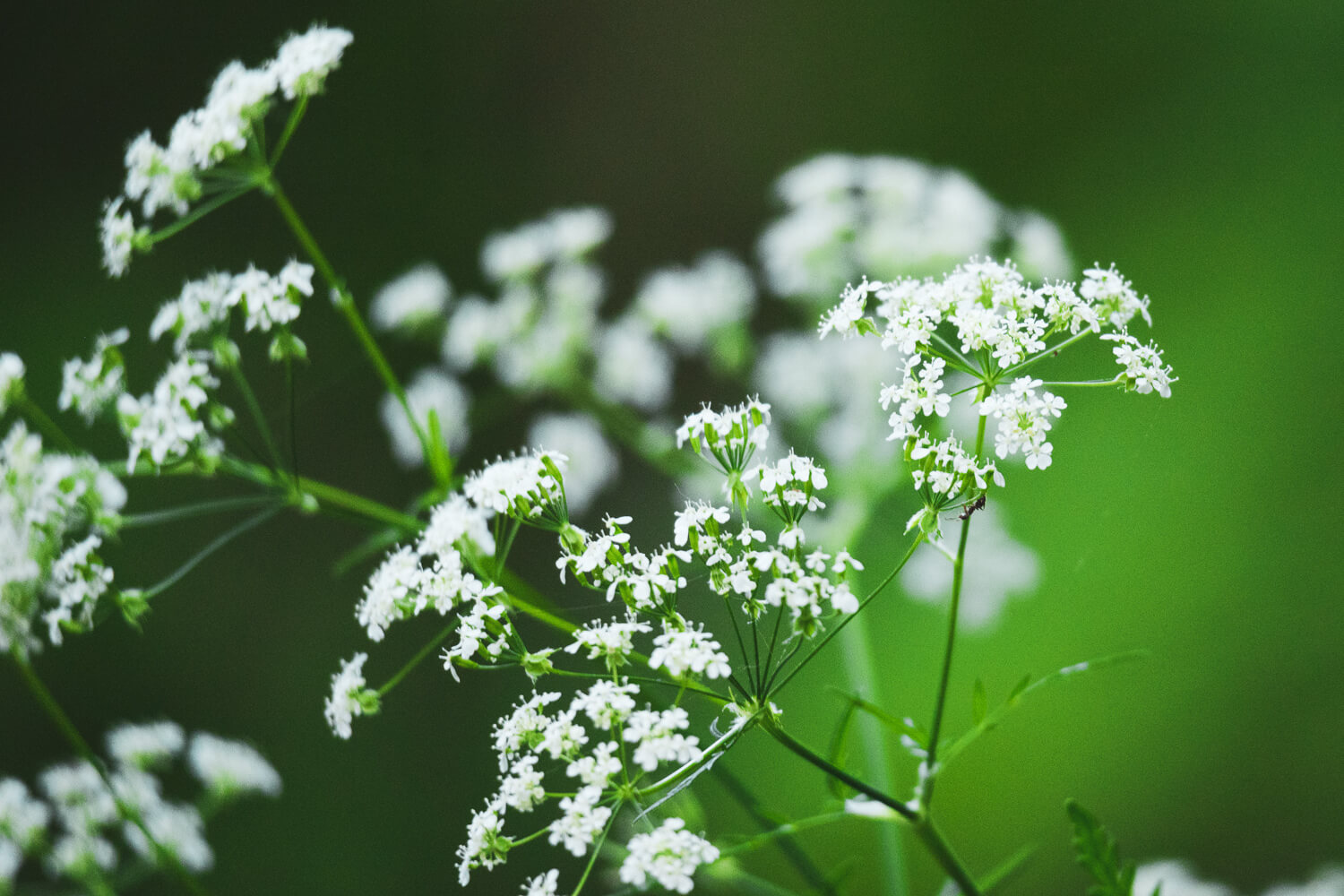
Take a slow moment to embark on a self-guided tour through the world of nectar plants…
…you’ll receive instructions to help you notice the biodiversity of nature around you on a self-guided hike.
…you’ll discover excellent nectar plants in the wild that bees visit to craft Slow Moment honey.
…you’ll explore which plants to bring into your garden to attract bees and butterflies.
…you’ll spend time in beautiful nature – in a juniper grove, on a coastal meadow, and at a swimming beach.
The starting point is the Slow Moment Beekeeping House at Tormikadaka Farm. Nectar plants can be found at Tormikadaka Farm, the Kastna juniper grove (1.6 km away) and Sepamaa beach (1,2 km away). You can choose to explore a single destination or visit all three locations, either on foot, by your own bicycle, or by car.
A guided tour is also possible —just ask for an offer.
*Larger groups by special arrangement
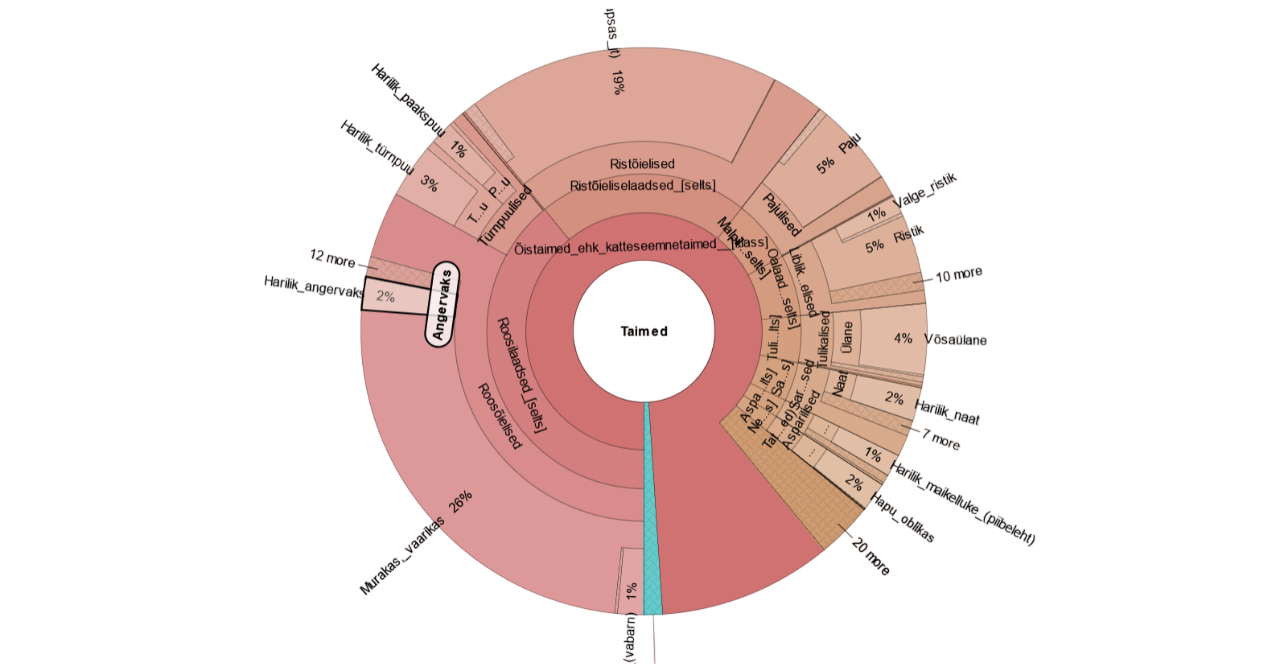
Slow Moment Honey has been analyzed using the DNA method at the Celvia laboratory. This advanced technique identifies the DNA of plants present in the honey, providing a detailed insight into the nectar origins of the analyzed honey.
Here is an example of the DNA profile of Slow Moment honey collected from the coastal meadow. This profile reveals the DNA of thousands of plant species that the bees encountered while foraging for nectar.
On the nectar plant trail, you can search for and explore a selection of these plants in their natural habitat.
Species for identification at Tormikadaka Farm:
Cow Parsley (Anthriscus sylvestris)
Ground Elder (Aegopodium podagraria)
Dandelion (Taraxacum officinale)
Viper’s Bugloss (Echium vulgare)
Norway maple (Acer platanoides)
Red Raspberry (Rubus idaeus)
White Clover (Trifolium repens)
Water Avens (Geum rivale)
Meadow Geranium (Geranium pratense)
Field Scabious (Knautia arvensis)
Species for identification in the Kastna juniper grove:
Alder Buckthorn (Frangula alnus)
European Buckthorn (Rhamnus cathartica)
Willow (Salix spp)
Guelder Rose (Viburnum opulus)
Alpine Currant (Ribes alpium)
Species for identification at Sepamaa beach:
Alder Buckthorn (Frangula alnus)
Tufted Vetch (Vicia cracca)
Rowan (Sorbus aucuparia)
Birds-foot-trefoil (Lotus corniculatus)
Goldmoss Stonecrop (Sedum acre)
European Dewberry (Rubus caesius)
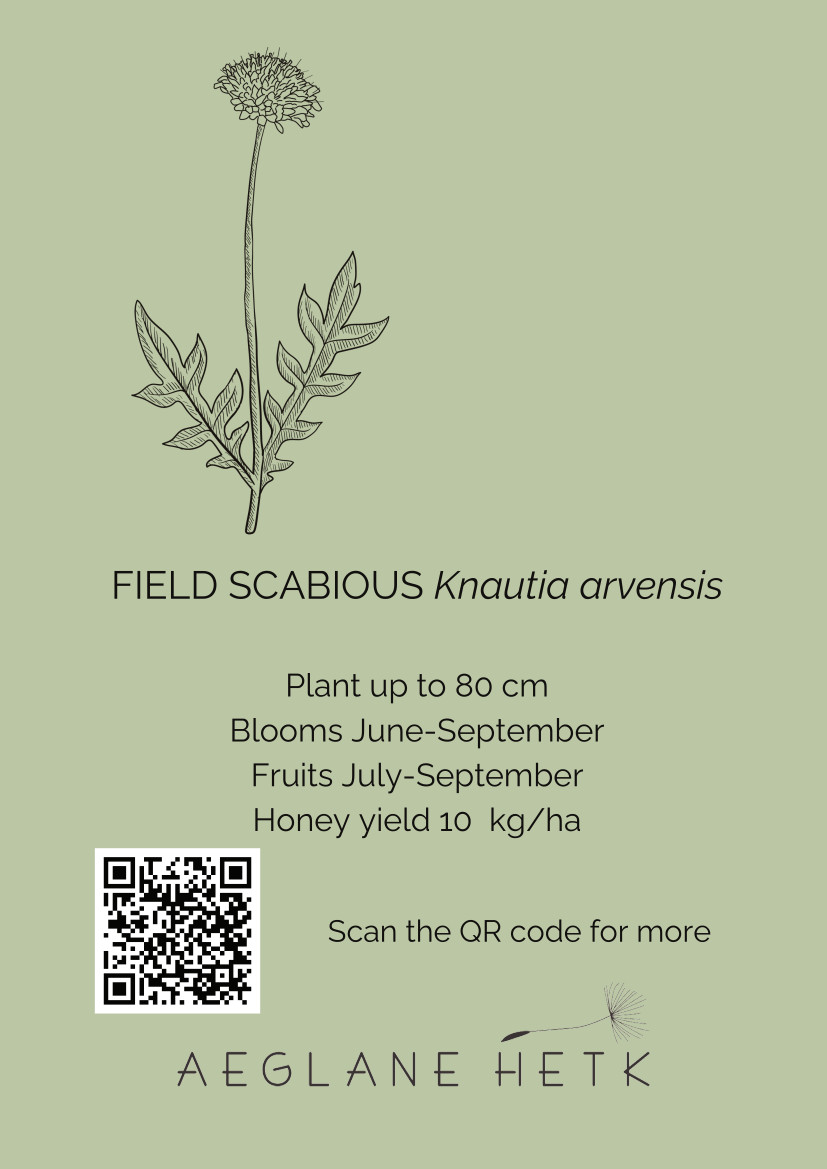
As you set out on the nectar plant trail, you’ll receive specially designed maps that guide you to the locations of various plants and assist in their identification. For an even richer experience, bring a QR-code-enabled smart device – this will unlock stories and detailed identification features for each plant.
You can also request a guided tour, or a wish to explore more the DNA profile of Slow Moment Honey, revealing the diverse plant origins of the nectar collected by bees. Additionally, you’ll have the opportunity to taste honey sourced from different plants, each with its own unique flavor.
The life of a bee colony and the nectar they gather reflect the surrounding nature – influenced by the local plant life and the distinct weather conditions of each year. Every year is unique!
Come, immerse yourself in nature’s diversity, and discover the true sources of nectar with your own eyes!
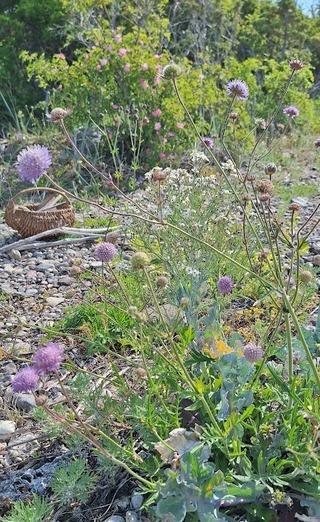
For any questions or requests regarding the tour, or to book a tour, please contact:


